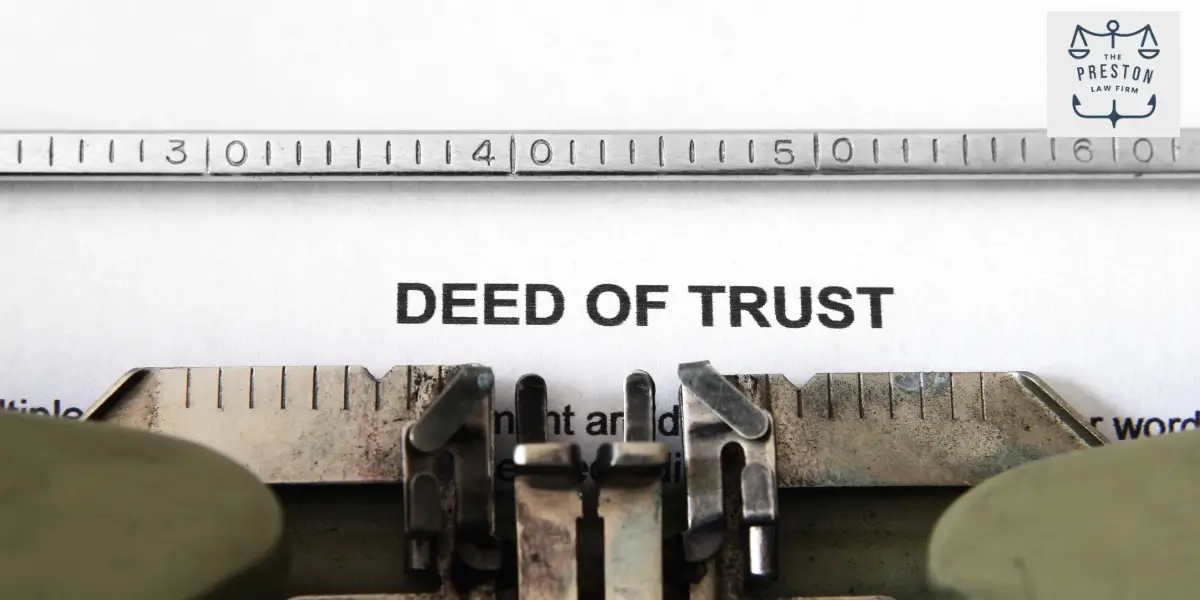The duties of the successor trustee are critical in the administration of a living trust after the grantor’s death. The successor trustee is responsible for managing the trust assets and distributing them according to the terms outlined in the trust document. This includes collecting any income generated by the assets, paying debts and taxes, and making investment decisions.
It’s important to note that the successor trustee must act in the best interests of the beneficiaries and must manage the trust assets with the highest level of care and prudence. The successor trustee is also responsible for providing accountings to the beneficiaries, ensuring that all trust assets are properly accounted for and that distributions are made in accordance with the trust terms. In addition, the successor trustee must ensure that all legal requirements, such as filing tax returns, are satisfied. Ultimately, the successor trustee has a fiduciary responsibility to carry out the grantor’s wishes and to manage the trust assets for the benefit of the beneficiaries.





